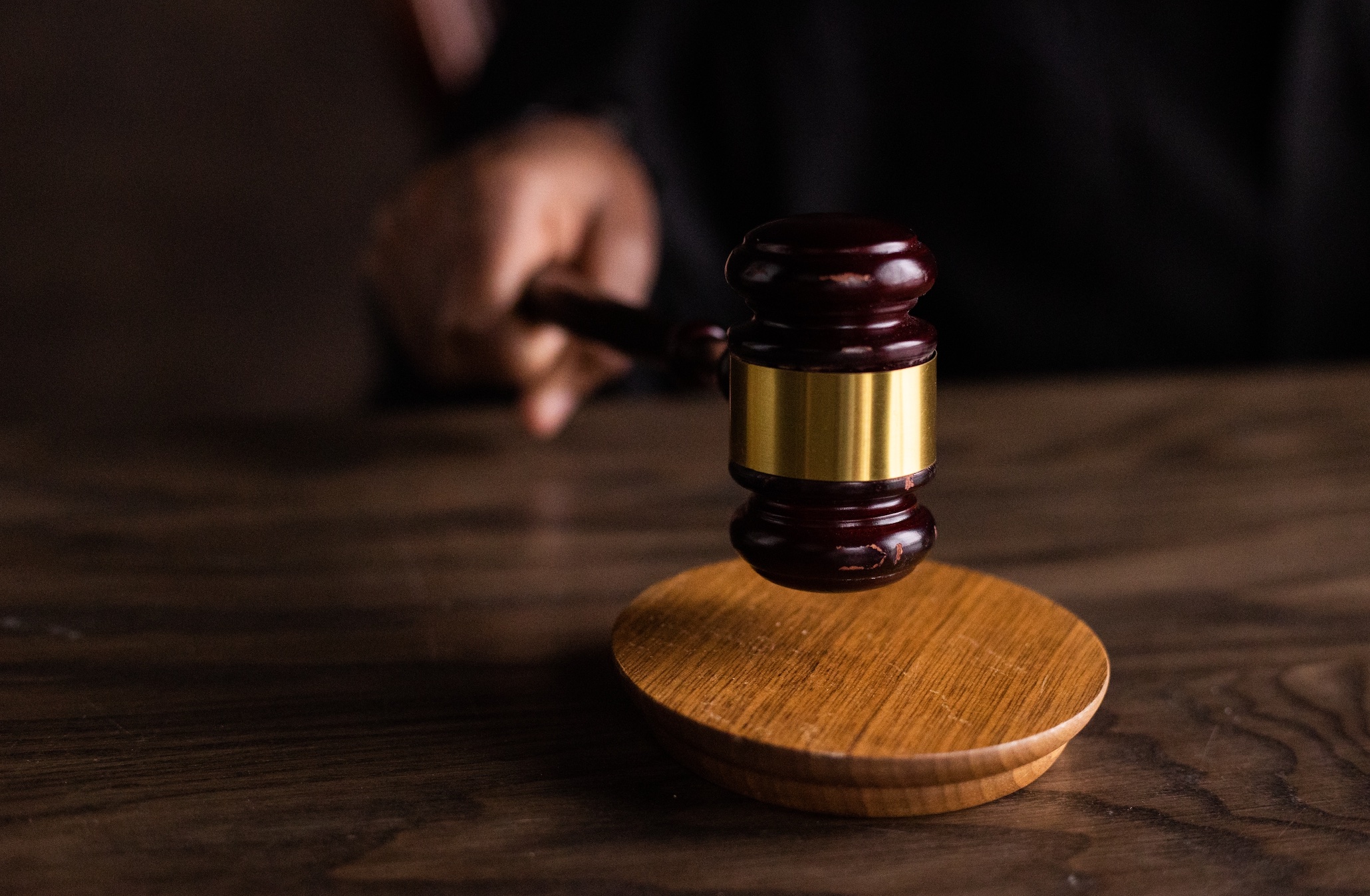Gathering and presenting strong evidence effectively can make all the difference in achieving justice for your loved one.
Losing a loved one is an indescribably painful experience, and it’s made even more traumatic when their death results from someone else’s negligence or wrongful act. In such cases, seeking justice through a wrongful death lawsuit can be a crucial step towards closure for the grieving family. However, proving wrongful death in court can be complex and requires a strategic approach. In this blog post, we’ll outline key steps and considerations to help you navigate this difficult process with confidence and clarity.
What Constitutes a Wrongful Death
Before diving into the legal process of proving wrongful death, it’s essential to understand what it means. A wrongful death occurs when a person dies due to the negligent, reckless, or intentional act of another party. For example, if someone is killed in a car accident caused by a drunk driver or due to medical malpractice, their death may be considered wrongful. However, this definition may vary from state to state, so it’s crucial to consult with a lawyer familiar with local laws.
Building Your Case
Establishing Duty of Care
The foundation of a wrongful death case rests on establishing a duty of care. This legal term refers to the responsibility one has to not cause harm to another. For example, medical professionals have a duty of care to their patients, while drivers owe it to others on the road. Proving that the defendant owed a duty of care to the deceased is the first pivotal step.
Demonstrating Breach of Duty
Once the duty of care is established, you must next show how the defendant breached that duty. This means providing evidence that their actions or omissions fell below the legally expected standard of care. Was there a failure to act when there was an obligation to do so, or did a deliberate action cause the harm? Both scenarios can constitute a breach.
Causation
It’s not enough to just show that a defendant acted negligently. A clear line must be drawn from the breach of duty to the resulting death. This causation link is often the most complex part of the case. Expert testimonies, accident reconstructions, and thorough investigations play pivotal roles in proving causation.
Damages

The final piece of the puzzle is showing the court the extent of the damages suffered due to the wrongful death. This encompasses not only financial losses like medical bills and loss of potential future earnings but also non-economic damages such as pain and suffering, loss of companionship, and mental anguish.
Gathering and Presenting Evidence
Presenting strong evidence is the backbone of any successful wrongful death suit. Collecting medical records, employment documents, eyewitness accounts, and expert testimonies will form a compelling blueprint for your case. Pictures, videos, and even correspondence can serve as powerful tools in illustrating the wrongful act and its fatal consequences.
You might consider maintaining an organized log of every piece of evidence and documenting interactions with the defendant’s representatives, as these can become incredibly important during court proceedings. Legal and technological advancements, like forensic analysis, can also offer significant support to the validity of the claims.
Proving a wrongful death in court requires a thorough and strategic approach. Perhaps with the help of a personal injury lawyer, it’s crucial to establish the duty of care, demonstrate breach of duty, prove causation, and showcase damages. Gathering and presenting strong evidence effectively can make all the difference in achieving justice for your loved one. We hope these tips guide those seeking to navigate this difficult process and find closure through the legal system. Remember, you do not have to go through this alone. You can seek support from experienced professionals and loved ones to help you through this challenging time.


Join the conversation!